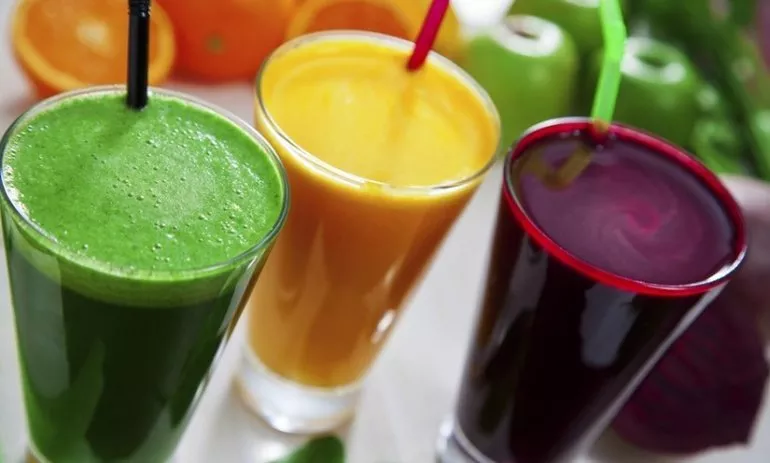
I wear a few different hats in life. For the past 25 years, I have taken care of a large number of heart patients. I’m a professor at Wayne State University School of Medicine, the largest medical school in the United States.
I also educate the public through articles, videos, and TV messaging. And I own a plant-based restaurant in suburban Detroit. My various endeavors all serve the same purpose: to spread the message that health begins at the end of your fork (or as some restaurateurs might say, I put my money where my mouth is).
I have incorporated juicing of vegetables and fruits into my own health practice over the years, and have advised and demonstrated it to many patients. At Wayne State, I am required to teach medicine in a manner that can be supported by research and human physiology.
Can I sway the medical school faculty to support this juicing practice? There may not — yet — be a randomized study of fresh green juice versus placebo, demonstrating clearer arteries or superior mitochondrial health. But I maintain that the practice of drinking juices containing vegetables and fruit — particularly unpasteurized, in order to preserve as many nutrients as possible — is a sound habit. Let’s take a look at my reasons.
1. American adults are not eating enough vegetables and fruits.
(Shocked?) Of all the health habits recommended by the American Heart Association (AHA) to achieve a 20% improvement in overall heart health by 2020, we are failing miserably at achieving an ideal diet. For example, about 20% of American adults smoke, only half regularly exercise, and while 30% have an ideal body weight, fewer than 1% maintain a diet rich in vegetables and fruits. The goal of the AHA is to increase this all the way to a whopping 1.2% by 2020. How embarrassing!
2. American children are not eating enough vegetables and fruits, either.
Surveys of dietary patterns in children show zero increase over the last decade in the number of daily servings of vegetables eaten by children. No group studied met the AHA’s goal of 1.1 servings of vegetables per 1,000 calories. On the plus side, at least children’s fruit intake increased slightly over the past ten years.
3. Our sodium to potassium ratio needs a makeover.
Our western diet has way too much sodium, particularly in processed foods, and is deficient in potassium. This flip of the normal ratio that’s found in whole foods and plant-based diets leads to hypertension and arterial disease. Vegetables offer a means of restoring this ratio to a healthier balance.
4. We are missing out on dietary magnesium.
Magnesium is a cofactor in more than 300 enzymes in the body and is crucial for heart, brain, respiratory, reproductive, and GI health. It is estimated that over 80% of American diets are lacking enough daily magnesium. Fruits and vegetables, as well as nuts and seeds, are rich sources of magnesium, and increasing our intake will improve our overall health.
5. Drinking even “poor quality juice” has health benefits.
While we lack good scientific studies on cold pressed juices, many of us can attest to seeing improvements in our clinics. However, even juices produced under less than ideal conditions have been shown to boost antioxidant status, assist in weight loss, and reduce blood pressure.
The scientific facts I’ve reviewed here would bolster my defense to my university colleagues of the practice of fresh vegetable and fruit juicing as a path to optimum overall health, for adults and children alike. Juicing is one way to hack the sad shape of the Western diet, by efficiently boosting the intake of vitamins, antioxidants, minerals, and phytonutrients.
I always strive to motivate my patients to eat as many whole, plant-based foods as they can on a daily basis (both raw and cooked), and juicing can put them over the top, enjoying the best odds of health and longevity in a society that favors nutrient-poor, processed, and fast food diets. I look forward to the day when fresh fruit and vegetable juices replace donuts and bacon in hospital cafeterias.
Photo Credit: Stocksy
Originally posted on MindBodyGreen.com

